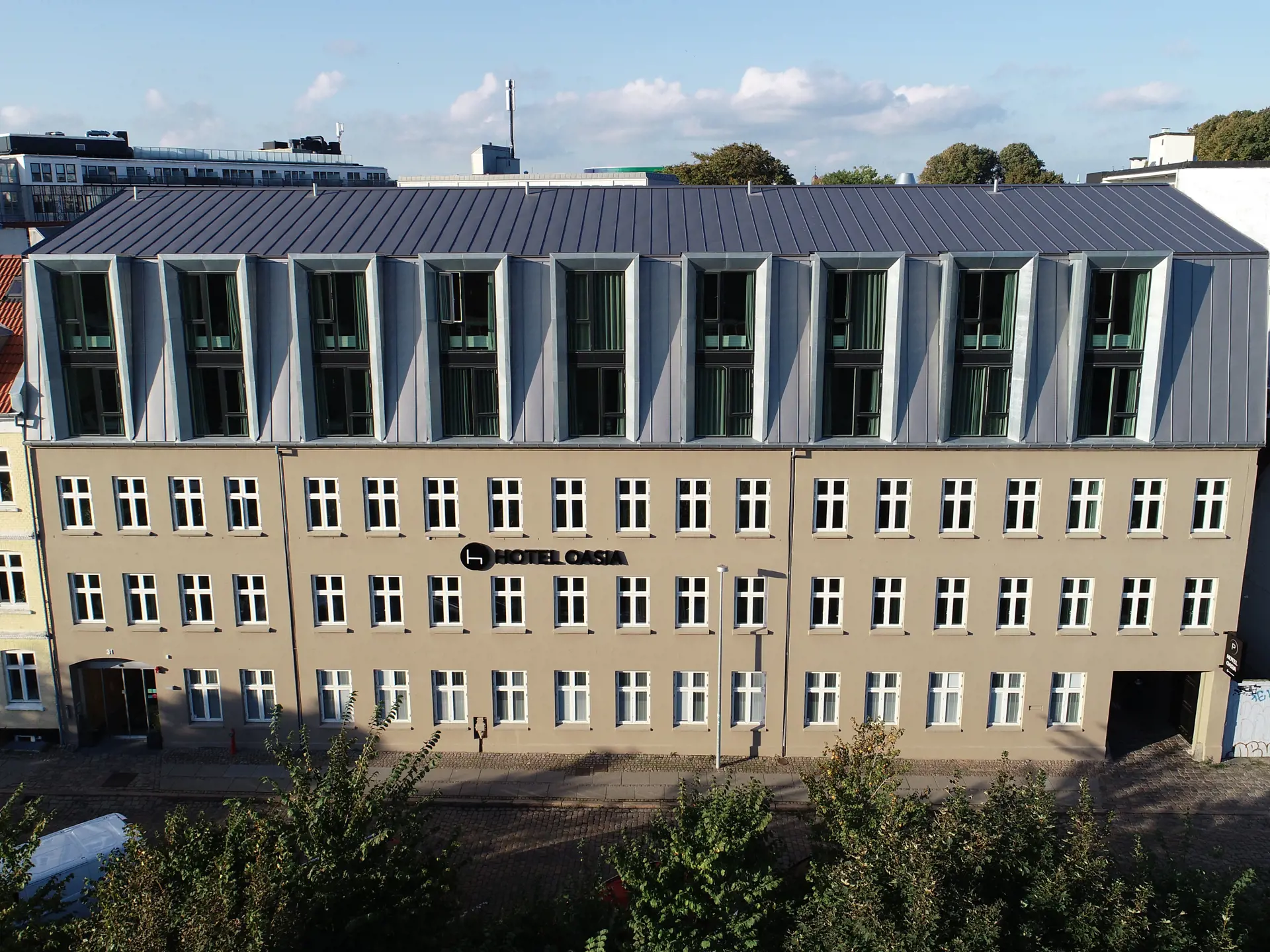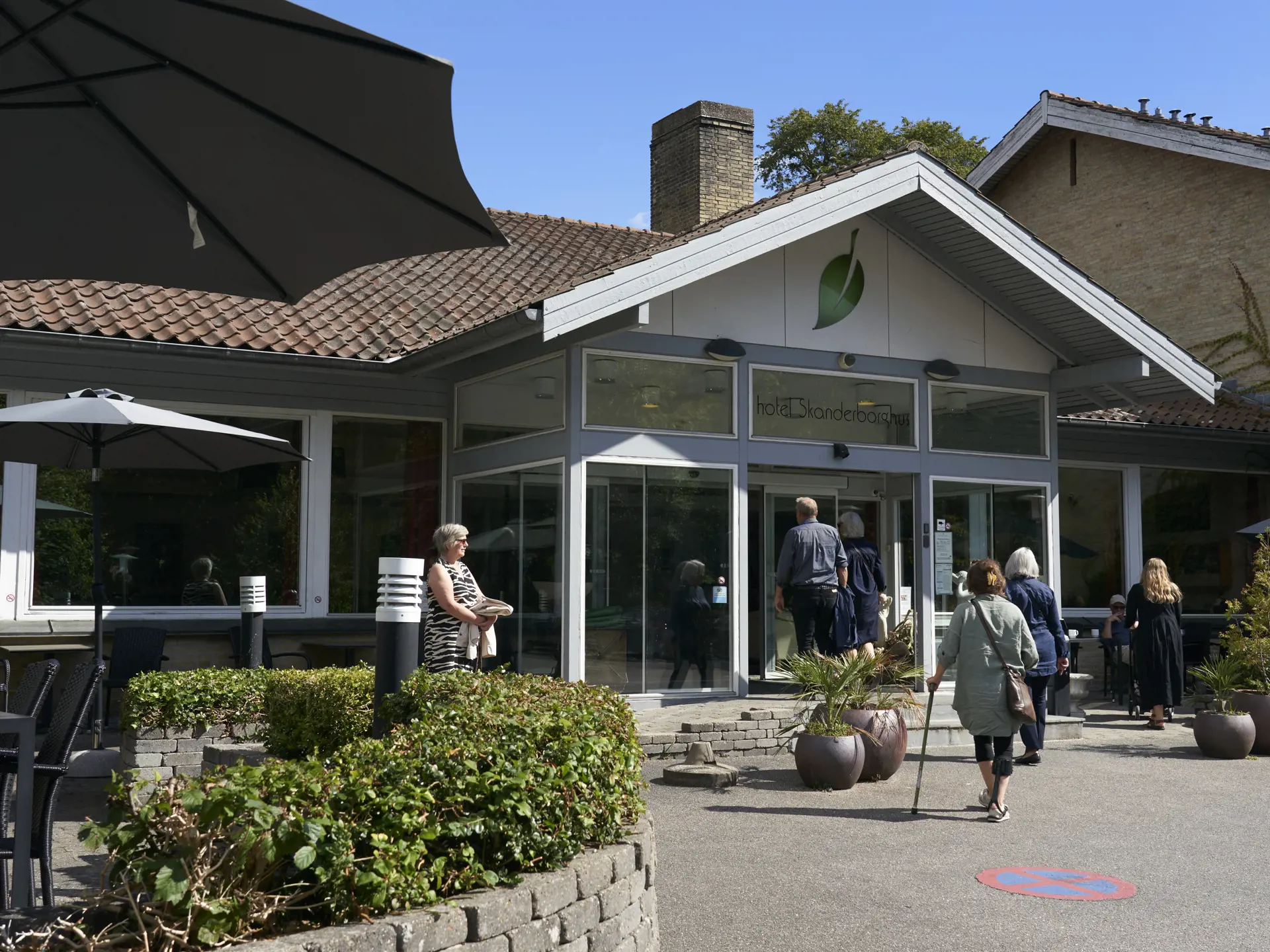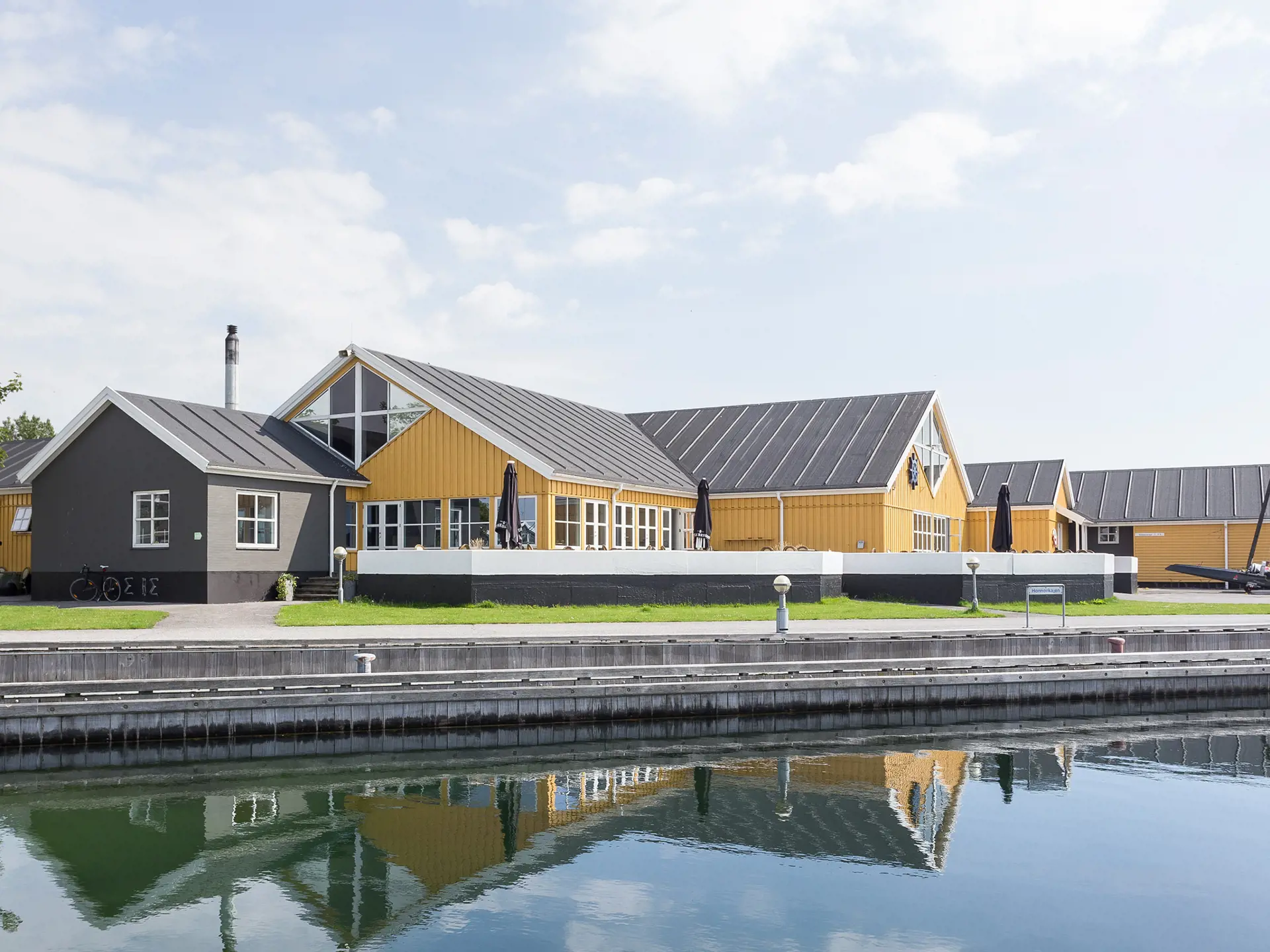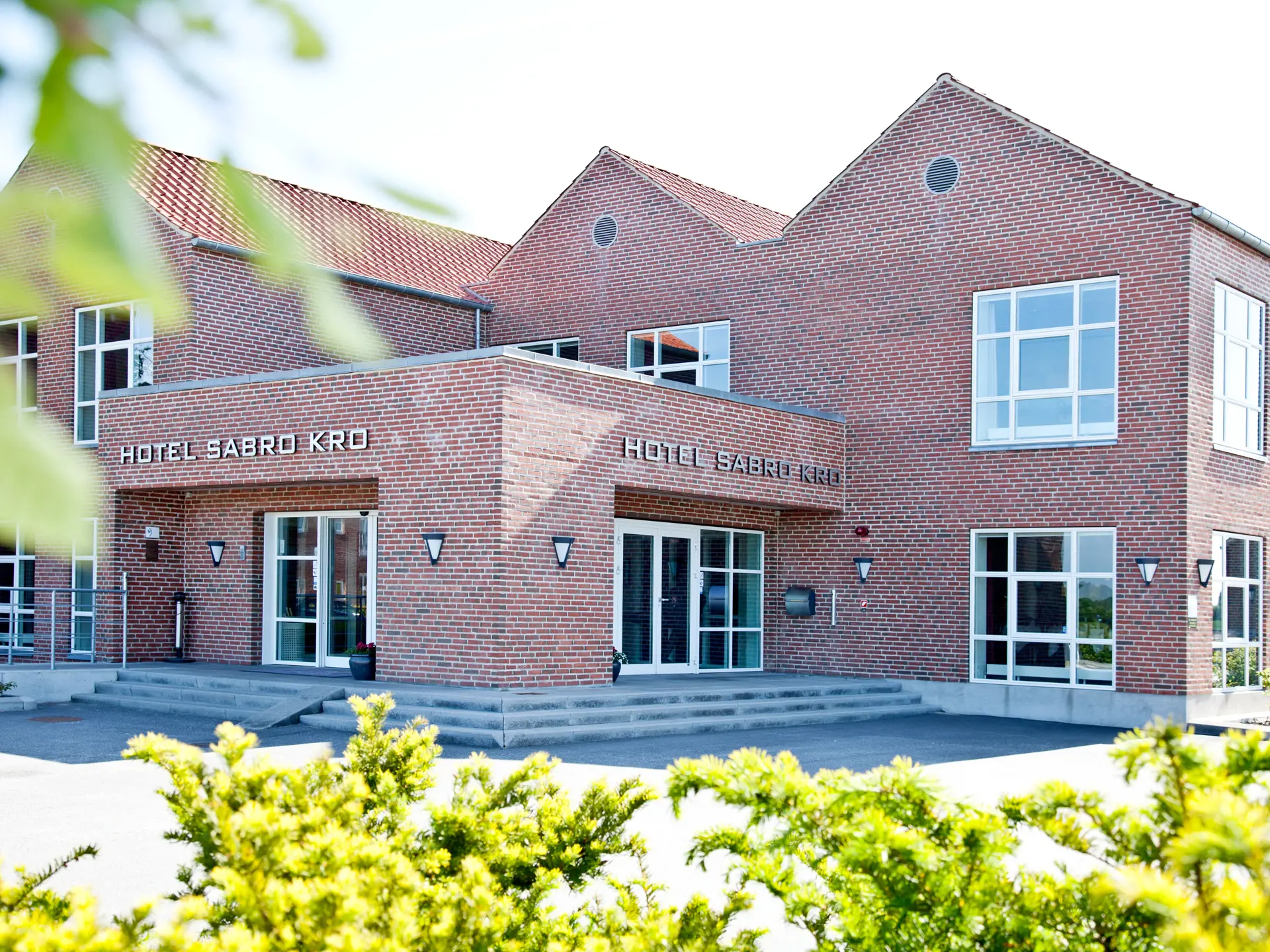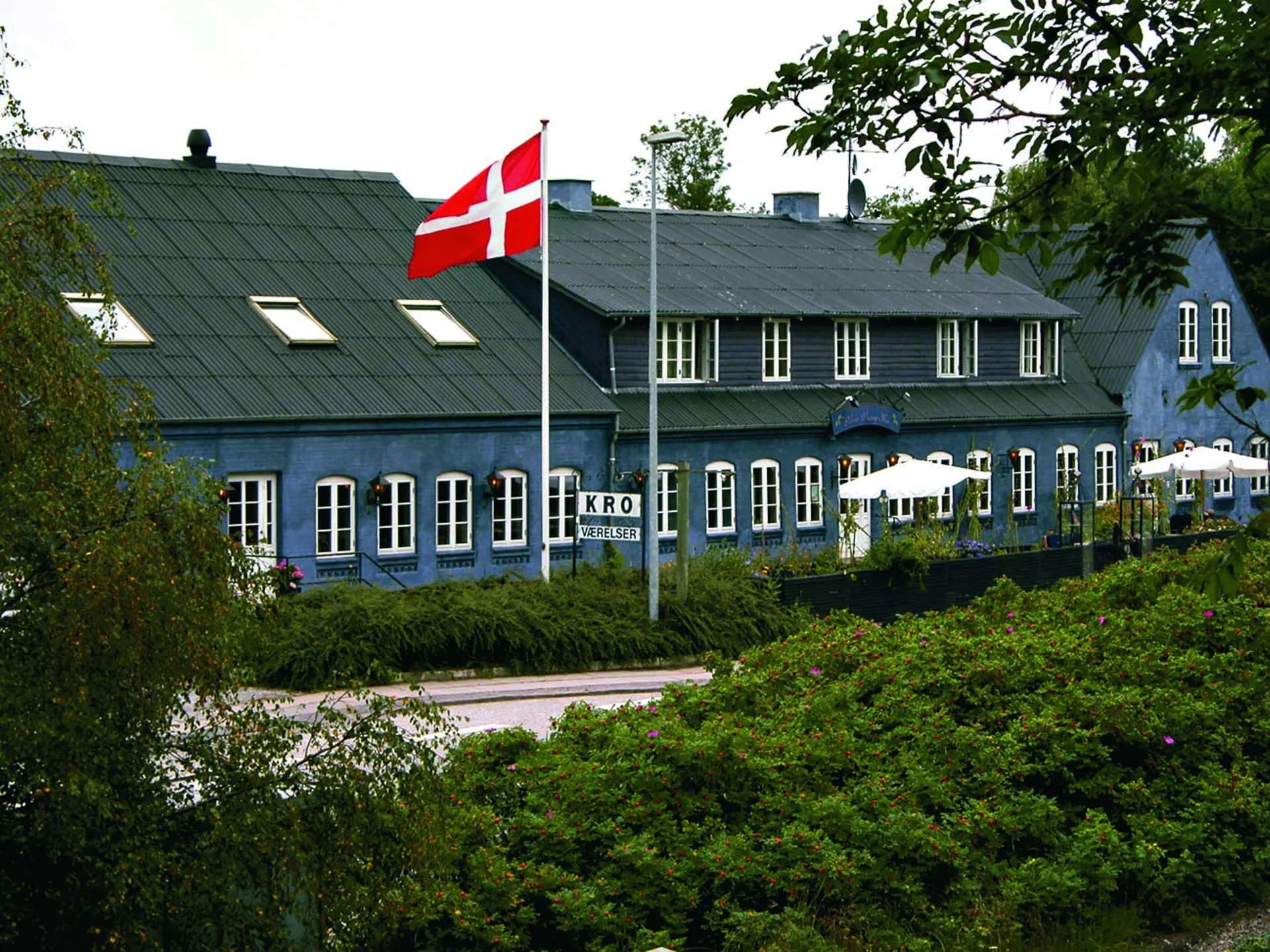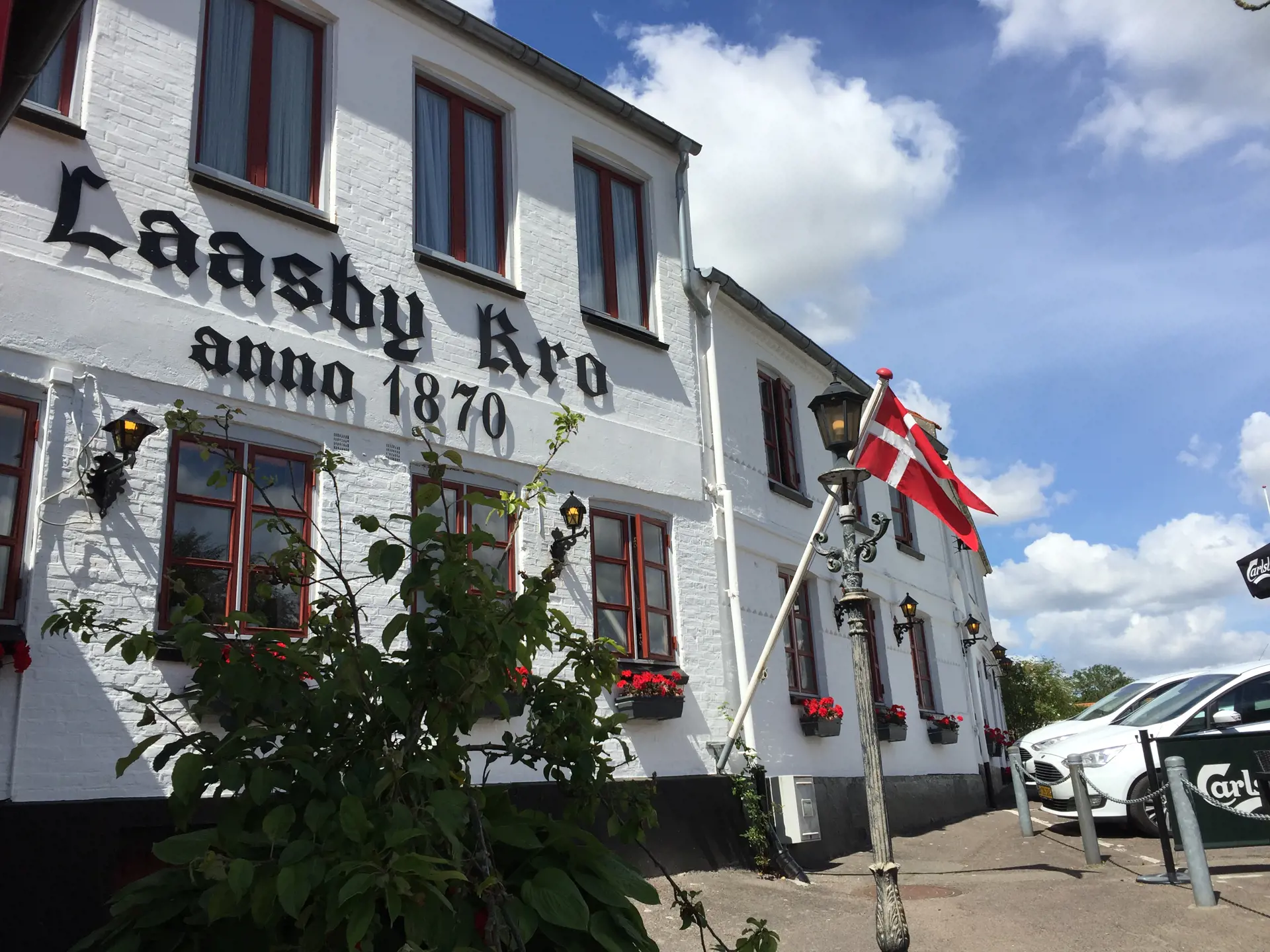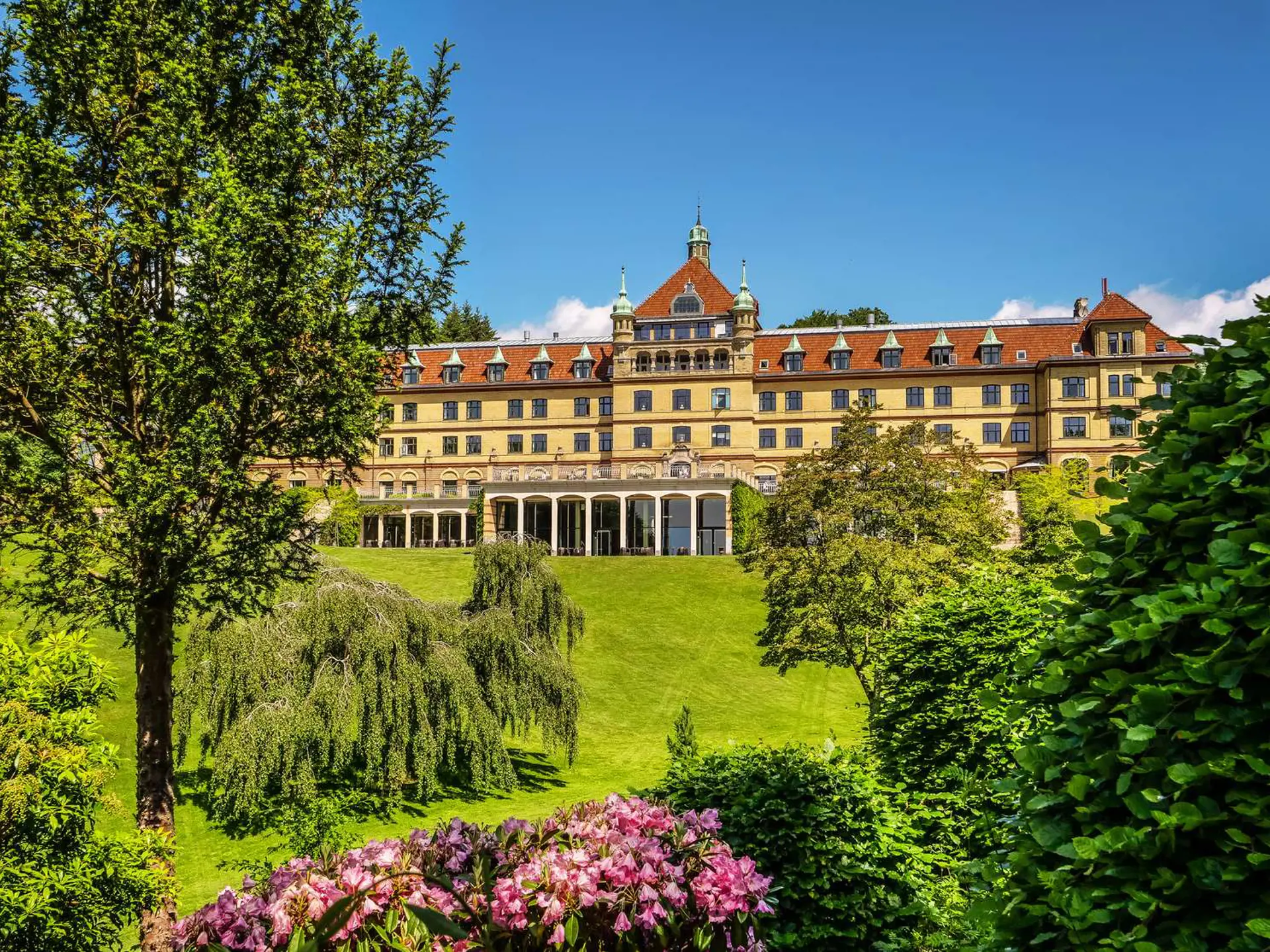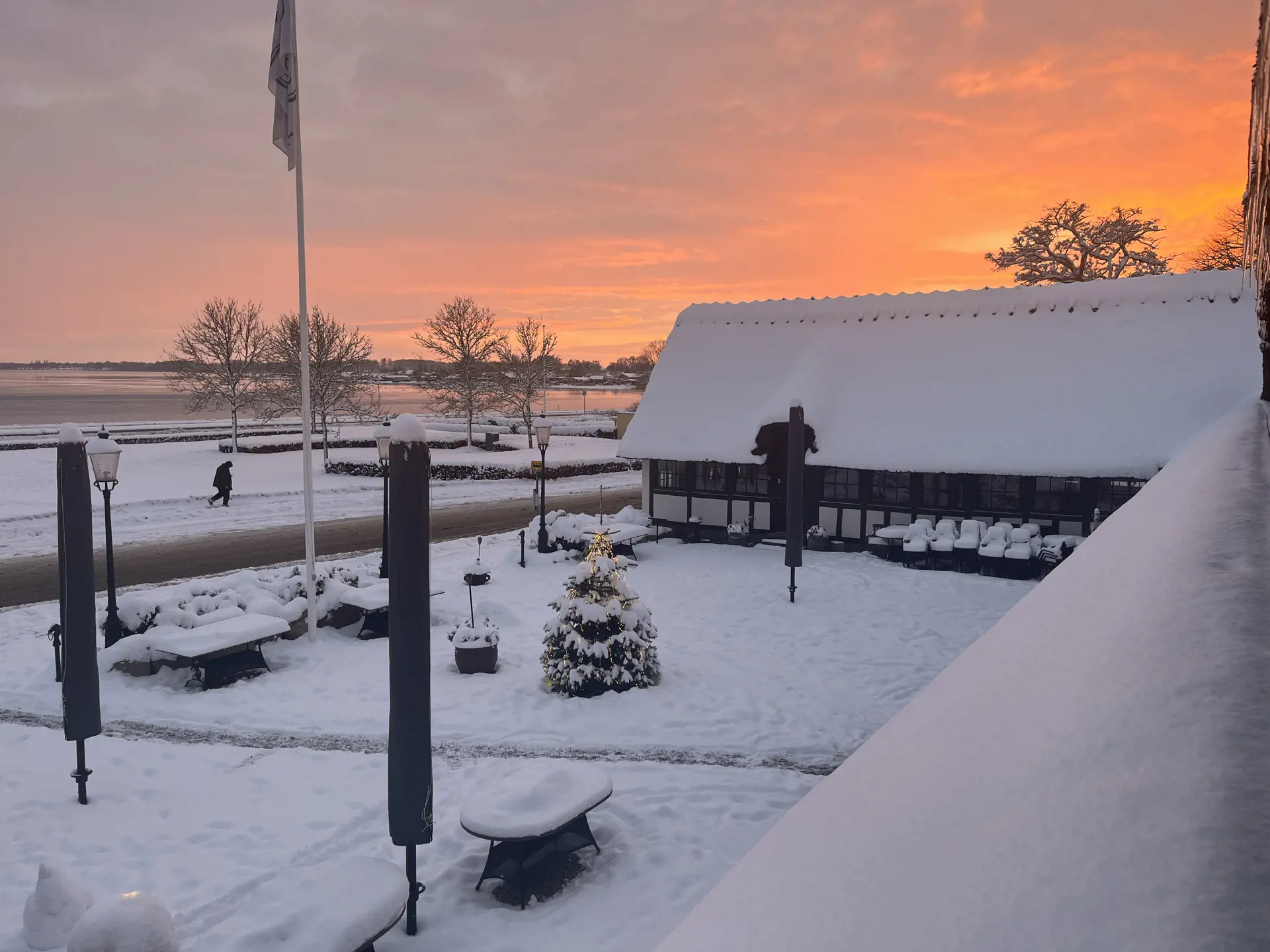Beautiful church on the car-free island
This small church from the 14th century sits idyllically amidst Tunø's holiday life. As the only church in Denmark, its tower serves as both a church tower and a lighthouse. Across many generations, the church has been a landmark for the island's residents as well as for sailors navigating the Kattegat.
Historical gathering point of the island
Tunø Church is believed to have been built in the 15th century. The current walls were constructed by Aarhus Cathedral, which took over the island from the crown and King Valdemar Sejr in 1216. Before that time, it is known that the people of Tunø sailed to attend mass at Nordby Church on Samsø, whose bricked-up north door from ancient times was called Tunø residents' door. However, there are indications that before the construction of the current walls, there might have been another form of ceremonial building made of wood or timber framing.
The past connection to Aarhus Cathedral is evident in several parts of the church. The altarpiece, pulpit, and benches/pews had previously stood in the cathedral. The church is characteristically long and narrow. Particularly unusual is the placement of the pulpit in the middle of the church. Additionally, the church is illuminated by live candles.
Tunø Church was originally built in Romanesque style but, after several renovations, it now appears in Gothic style. There are several frescoes in the choir, including a memorial for the former parish priest Jørgen Hansen, who was gored to death by a bull in 1640.
The unique lighthouse
In the 18th century, the church was in dire need of restoration, and it was decided to make the tower taller because it was extensively used as a landmark for seafarers in the Kattegat. Consequently, in 1798, it was expanded into a lighthouse and now stands 31 meters above the sea as the island's tallest building. For many years, the priest of Tunø had the extra task of ensuring the lighthouse was attended to. In jest, it was said, "On Tunø, the priest sleeps with the lighthouse keeper's wife."
However, that's no longer the case. Nowadays, the priest resides on the mainland and commutes by ferry to conduct church services, while locals take care of the lighthouse and the cemetery.
The church is unique in many other ways, reflecting its remote location on a car-free island with a limited population. This is evident in the chapel, where there is always a coffin prepared. Should a resident pass away, they cannot wait for a coffin from the mainland, so the family of the deceased purchases the already available coffin in the church.
Visiting the church
The church can be visited from June 1st to August 30th, from 9:00 am to 7:00 pm. The tower is open from June 27th to August 6th and can be visited from 2:00 pm to 3:00 pm, except on Sundays when the tower is closed. Larger groups can call the lighthouse keeper and arrange a visit at 21 13 94 36. The tower is open during the autumn break every day except Sunday between 3:00 pm to 4:00 pm.
If there is a church service, visitors are requested to wait until it concludes. Normally, there is a service at 10:00 am in winter and 11:00 am in summer.
About Tunø
Tunø is a delightful, car-free holiday island that can easily be visited on a day trip. The island is small enough that one can walk the beautiful 8-kilometer route around it, and in the town, there are several dining places and an authentic island atmosphere. The ferry departs from Hou several times a day.
You can find inspiration for your trip to Tunø on this page.










